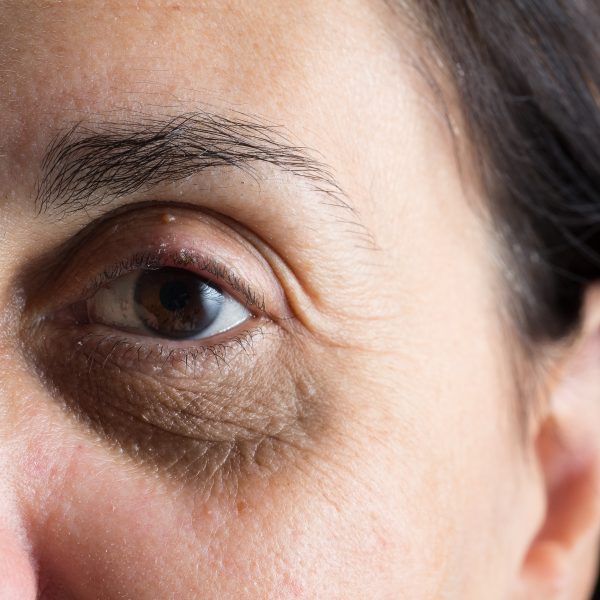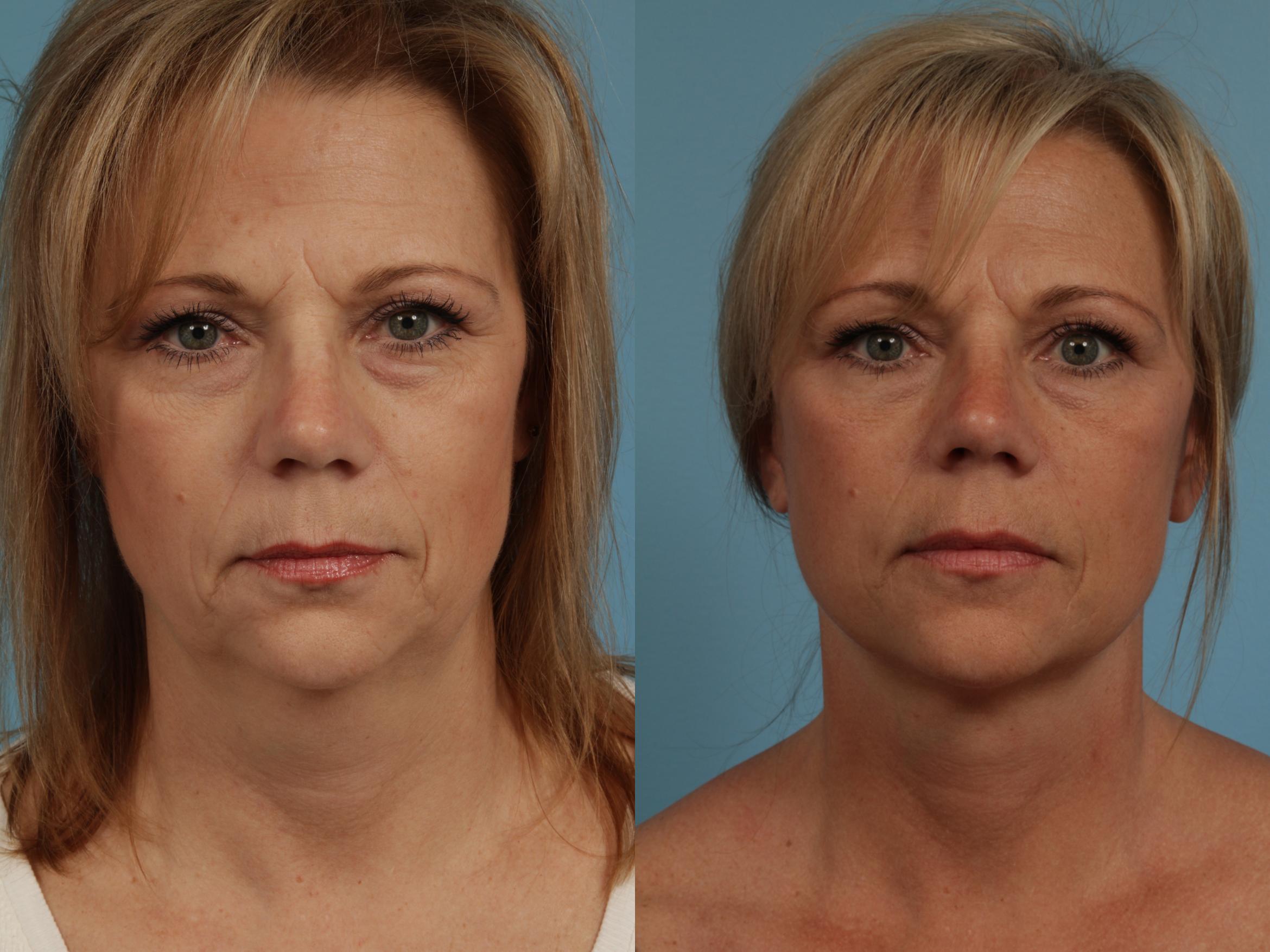
You can relieve fluid retention by applying a cold compression. It could be a damp washcloth or a chilled teaspoon. This can be done for as long as 20 minutes. Tea bags are another option to reduce fluid retention. Using a cold metal facial roller can also be very helpful.
Salt and sodium
The best thing to do for fluid retention is to cut back on salt and sodium. This will help reduce swelling and irritation. Reduce sodium intake from processed and packaged foods. Drink plenty of water to eliminate excess sodium. The American Heart Association recommends that adults consume no more than 1,500 milligrams of salt per day. But, Americans consume twice as much.
Fluid retention under one's eyes can occur from many different factors. However, the most common cause is excessive salt intake. This condition can be caused by inadequate sleep, allergies, or hormone changes. Sodium is also found in processed foods, canned beans and fatty meats. High intakes of processed foods could also contribute to this condition.
Allergies
An allergy is one of the leading causes of swelling under-eyes. In severe cases, a person may develop an allergic reaction called angio-oedema. This condition causes the skin around the eye to swell up and cause pain and itching. It can also affect other parts of the body such as the feet, hands and face. An allergy or an infection can cause it. It can also occur in families.

You may have allergies to chemicals, foods, and pollen. It is possible that you are allergic to pet dander or dust in your home. While you can't always avoid allergies, avoiding them is the best solution.
Sun exposure
You can reduce sun exposure if you are suffering from sunburns and/or under-eye bag problems. The sun's UV rays are harmful to the skin and break down collagen and elastin. These proteins are crucial for skin structure, firmness, and strength. Exposed to the sun for too long can cause skin sagging and depletion of essential moisture. This loss of elasticity can lead to mild under-eye swelling.
Photokeratitis is a temporary condition that can be caused by sun exposure. This inflammation causes damage to the cornea, which covers the inside of the eyelid and the white tissue. These people are especially vulnerable if they live in high altitude areas. The UV-A rays from high-altitude locations can cause vision problems and short-term damage to your eyes. The good news about UV-B radiation is that they are absorbed into the ozone layer so are not as damaging to eyes.
Blockage of tear ducts
However, it is easy to fix. These ducts can be opened with a variety of surgical and non-surgical methods. If you suspect that your tear ducts are blocked, you should consult a doctor to determine the best course of treatment.
There are many treatment options available for blocked tear tubes depending on the cause. This may include surgery to clear the obstruction. You can also use protective eyewear and medications to treat blocked tear ducts.

Anaphylactic shock
Anaphylaxis refers to a medical condition where the body's immune system attacks allergens. Anaphylaxis may cause an individual to feel shortness in breath, wheezing or loss of consciousness. This is a serious medical condition and requires immediate treatment. In the United States, approximately one in 50 suffers from anaphylaxis. Research suggests that the incidence of anaphylaxis may be much higher. It could affect as many as one in 20 Americans. The allergen can cause symptoms within five to 30 min. In rare cases, the reaction might take longer.
When the body's immune system is overwhelmed, fluid can accumulate in body tissues, causing the eyes to swell. Anaphylaxis could be due to allergies to food or medications. An allergic reaction can cause wheezing and difficulty swallowing.